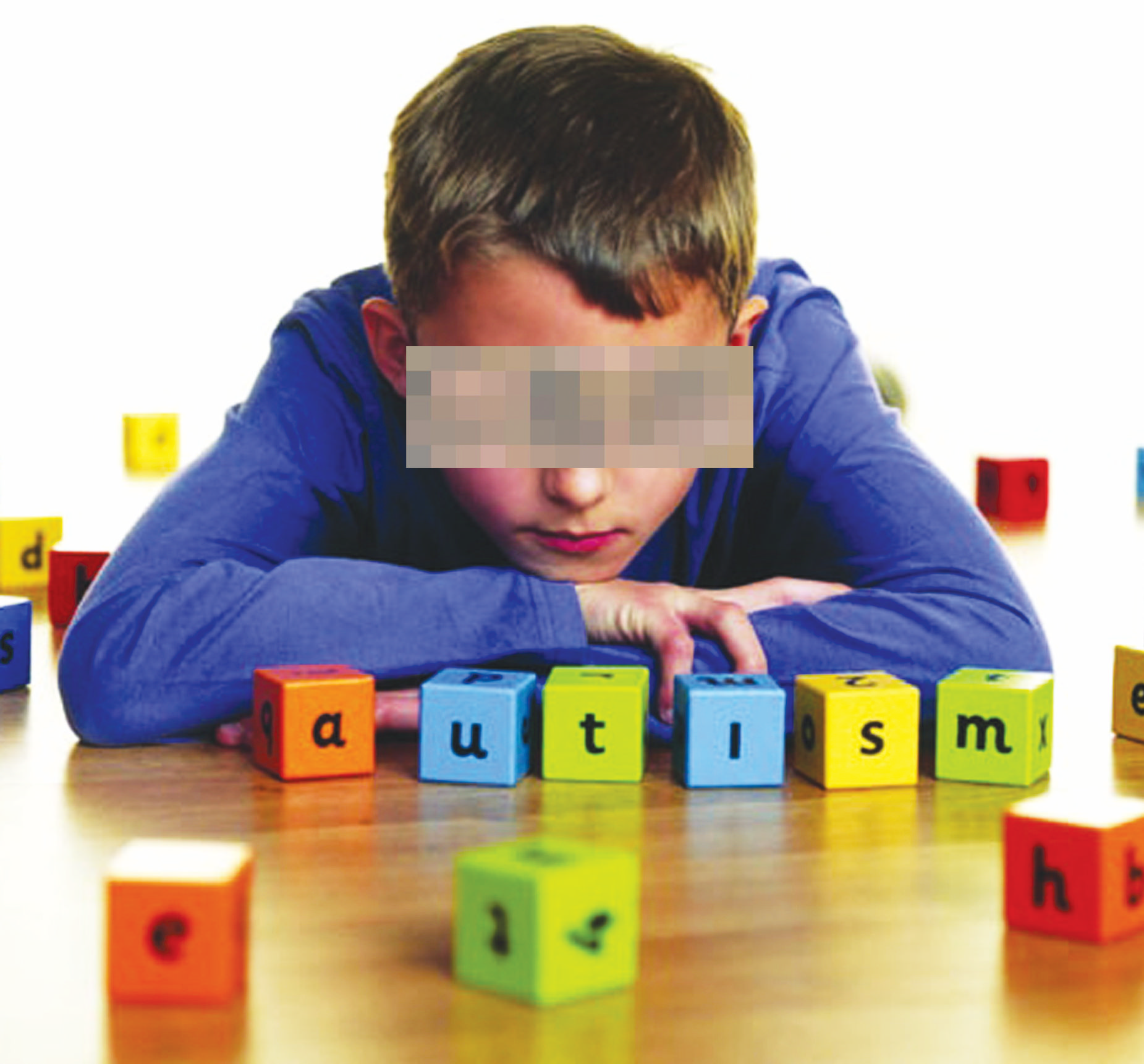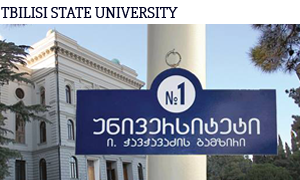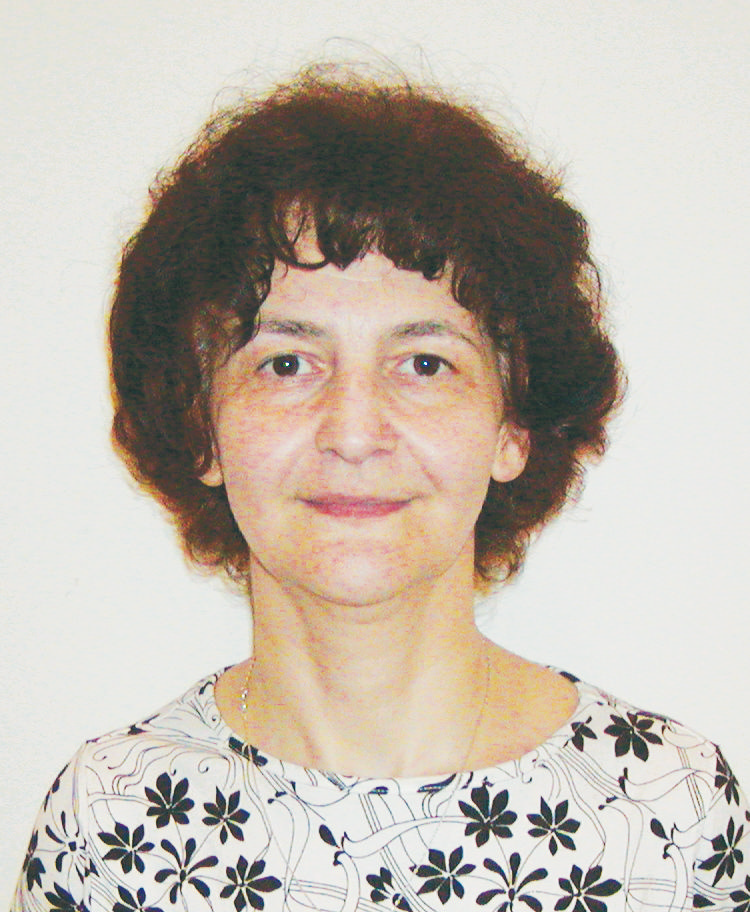
FACULTY OF ECONOMICS AND BUSINESS
TSU RESEARCH IN THE DEPARTMENT OF COGNITIVE AND CLINICAL NEURO-PSYCHOLOGY
In 2013 the TSU Department of Cognitive and Clinical Neuropsychology of the Institute of Neurology and Neuropsychology carried out several research studies on neuropsychological issues related to epilepsy, autism and language impairment. Students in the MA and PhD clinical neuropsychology programs participated in the research.
Professor Tamar Gagoshidze, TSU Faculty of Social and Political Sciences, headed several of the studies on cognitive and clinical neuropsychology, including “Working memory in people with frontal lobe epilepsy and temporal lobe epilepsy”. This research (was) included the participation of 18 people with frontal lobe epilepsy and 18 with temporal lobe epilepsy, as well as 33 persons without disabilities. Age, gender and education were controlled among those without disabilities and a method was developed through which all the three components of working memory could be evaluated through both reasoning and non-reasoning tasks.

■ The research hypothesis stated that besides frontal lobes, temporal lobes also contribute to the functioning of working memory. In particular, the cerebral cortex is responsible for the component of the central executive, while temporal lobes are responsible for operational components – the verbal and nonverbal processing of content. The study ascertained that brain lobes play an important role in the effective functioning of working memory. A methodical novelty of the research was that all three components were being controlled simultaneously.
Dr. Gagoshidze points out that working memory is a form of short-term memory aimed to receive the flow of information out of long-term memory and use it in the process of action. It is also called “operative memory”. Working memory consists of three components:
- The central executive, which acts as a supervisory system and controls the flow of information from long-term memory and the use of necessary information during current behavior;
- The phonological loop that stores verbal content; and
- The visuo-spatial sketchpad that stores nonverbal content.
The research hypothesis stated that besides frontal lobes, temporal lobes also contribute to the functioning of working memory. In particular, the cerebral cortex is responsible for the component of the central executive, while temporal lobes are responsible for operational components –the verbal and nonverbal processing of content. The study ascertained that brain lobes play an important role in the effective functioning of working memory. A methodical novelty of the research was that all three components were being controlled simultaneously.
The team found that people with both frontal lobe epilepsy and temporal lobe epilepsy appeared to have significantly impaired parameters during the performance of working memory tasks compared to those without impairments. At the same time, the working memory-related systems of people with temporal lobe epilepsy were statistically more impaired. They performed tasks related to the components of phonological loop or visual-spatial sketchpad with difficulty. Thus the hypothesis was confirmed that temporal lobe deficit also causes disorders of working memory and its components. It also appeared that in cases of frontal lobe deficit it is very complicated to memorize or use reasoning materials, which indicates a problem of semantic processing.
Research results have a diagnostic significance as well. During neuropsychological assessment, the results of psychological tests can be used to identify dysfunctions of relevant brain structures. The results permit differential interpretation of neuropsychological data and respectively to make more precise predictions about local dysfunction of the cerebral cortex. These results are an important contribution to understanding the neuropsychological model of working memory disorder.
Professor Gagoshidze has also led other research studies, including the neuropsychological char0acteristics of children with autism and specific language impairments. These addressed egocentric language in children with autism and with specific language impairment, as well as sensory integration problems in children with autism and receptive language disorders. The key goal of the studies was to differentiate neuropsychological signs of children with autism and specific language impairment. She pointed out that autism has dramatically increased worldwide and that Georgia is no exception. Many cases exist where signs of autism and specific language impairment are not manifest, so it is difficult to differentiate receptive language disorders and autism.
The hypotheses of the first study were that “Children aged 3-5 with specific language impairments make significantly more attempts at interaction during free play than children with autism of same age group, and that compared to children with autism, children with specific language impairment have significantly more products of egocentric language during free play”. Ten children with autism spectrum disorders, 11 with specific language impairment and 20 children without impairments all aged 3-7, participated in the research. The researchers created special free play situations for the children and observed them during three 5 minute periods. Their behavior, vocalization, language and interaction with adults were recorded.
Observations revealed that children with autism use egocentric language least of all. Egocentric language performed the function of planning a behavior among children with specific language impairment and children without disabilities, helping them to solve their problems. Vocalization was more frequent among children with autism as a self-stimulatory behavior. They made no attempts at interaction with adults during free play. This research is one of the first of its kind, since studies on egocentric language among children with autism and specific language impairment are extremely rare; thus the results are especially important for diagnosis and therapy for both groups of children.
The second study’s hypothesis was that sensory integration of children with autism and receptive language disorders has been disrupted, yet their sensory profiles should differ from each other. Since little research has been carried out on sensory processing and emotional-behavioral reaction patterns of children with language disorders, similar research would be significant for making differential diagnoses in various clinical situations as well as for therapy.
Fifteen children with autism, 15 with receptive language disorders and 15 with expressive language disorders participated in the research. The children’s sensory performances were assessed on the basis of a sensory profile questionnaire, and a special test was also conducted to assess their emotional-behavioral reactions. The research revealed that 1.) Children with specific language disorders and with autism resemble each other mostly by their sensory processing and sensory integration, and differ by their behavioral outcomes of the sensory processing; 2.) At the same time, children with language disorders and autism differ on their emotional-behavioral reaction patterns to semantic stimulus and to verbal-nonverbal communicative stimuli; 3.) At the initial stage of autism therapy it is important to start with simple sensory stimuli and gradually move to semantically structured stimuli. This more effectively promotes the stimulation of a child’s communication. 4.) We should be guided by qualitative analysis when differentiating autism and specific language disorders, according to more natural instead of learned emotional reactions and social habits.
These research studies, carried out with the financial support of the Institute of Neurology and Neuropsychology, are being prepared for publication.




